India GDP: Deloitte expects India to post 6.5-7.1% growth in current fiscal
"We expect global prices to ease by mid-2023 owing to a possible moderation in crude oil and industrial raw material prices, thereby easing pressures on domestic inflation," Deloitte said.
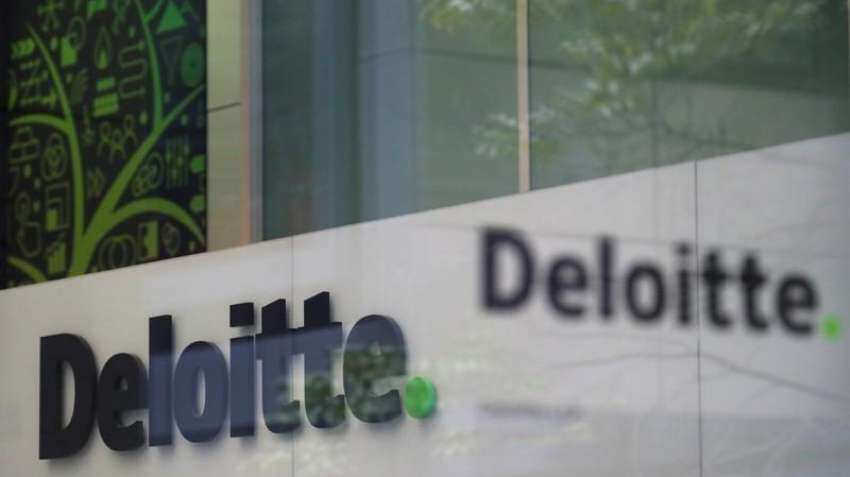
India is likely to post a 6.5 per cent to 7.1 per cent economic growth during the current financial year 2022-23 amid rising inflation and impending global slowdown, Deloitte India said in a report.
The persistent inflation has challenged policymakers over the past few months. Despite the Reserve Bank of India (RBI) raising interest rates by 1.9 percentage points since April 2022, inflation has remained above its tolerance range for over 9 months now.
To add to this, the runaway dollar is causing import bills to soar and further pushing inflation up. An impending global slowdown or even a recession in a few advanced nations as early as the end of 2022 or early next year is likely to make the situation worse.
"The seemingly unending saga of global economic uncertainties has begun to negatively impact India's main drivers of growth. So volatile is the current economic environment that if one is looking for certainties from the recent data releases, it is unlikely that a consistent outlook will emerge," Deloitte said.
Deloitte expects "India to post a 6.5-7.1 per cent growth during FY22?23 (April 2022 to March 2023) and 5.5-6.1 per cent the following year contingent on the revival of the global economy and improving economic fundamentals."
India's gross domestic product (GDP) grew by 8.7 per cent in the 2021-22 fiscal year.
"We expect the upcoming festive season could give a much-needed boost to the consumer sector, which has not yet shown a sustained revival. Credit growth in the industry and services sector has also risen remarkably, suggesting that prospects for capex investments by the private sector are brighter.
"Sustained demand growth may be the most-awaited cue for a sustained push for investment. Exports and government spending may not support growth as much owing to moderating global demand and limited resources at disposal, respectively," said Rumki Majumdar, Economist, Deloitte India.
Downside risks of higher inflation and commodity prices, and currency depreciation are significant.
"We expect global prices to ease by mid-2023 owing to a possible moderation in crude oil and industrial raw material prices, thereby easing pressures on domestic inflation," Deloitte said.
The RBI's emphasis to anchor inflation expectations by tightening credit conditions may also thwart the spiralling of prices.
"However, the fall in prices may be short-lived if a sustained demand improvement exceeds supply (given the low investment and capacity building for a prolonged period), leading to overheating of the economy," it said. "Similarly, despite easing commodity prices, the current account may remain a concern as India's growth path will likely defy the global slowdown, resulting in higher imports than exports."
The unknown, however, is the rupee value against the US dollar.
The Indian rupee's depreciation against the greenback is more due to the appreciation of the latter owing to the flight to safety among global investors amid global uncertainties.
"The domestic currency is appreciating against the euro, pound, and yen, suggesting that the macroeconomic fundamentals of the Indian economy remain strong," Deloitte said, adding the path to recovery has been lengthier than expected at the start of the year.
"There are too many variables that blur the outlook, and we will likely have some clarity over the next few months as we assess the energy crisis in Europe and the slowdown in China and the US," it said.
Get Latest Business News, Stock Market Updates and Videos; Check your tax outgo through Income Tax Calculator and save money through our Personal Finance coverage. Check Business Breaking News Live on Zee Business Twitter and Facebook. Subscribe on YouTube.
RECOMMENDED STORIES
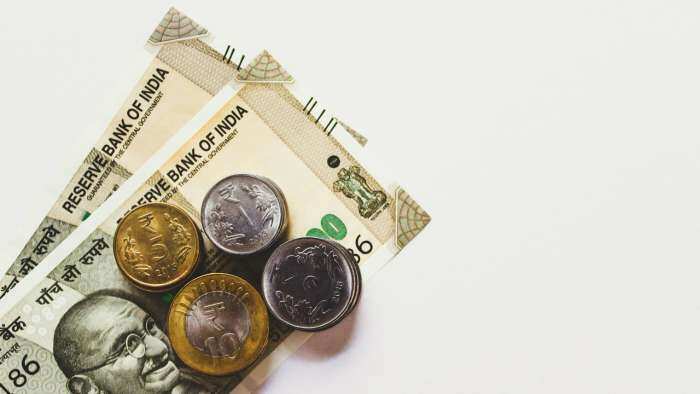
Retirement Planning: SIP+SWP combination; Rs 15,000 monthly SIP for 25 years and then Rs 1,52,000 monthly income for 30 years
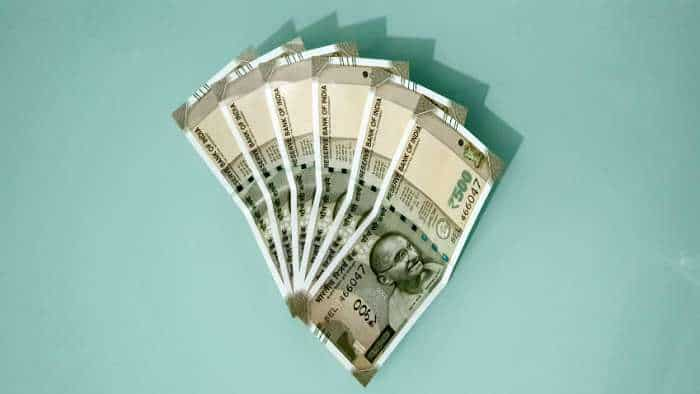
EPF vs SIP vs PPF Calculator: Rs 12,000 monthly investment for 30 years; which can create highest retirement corpus
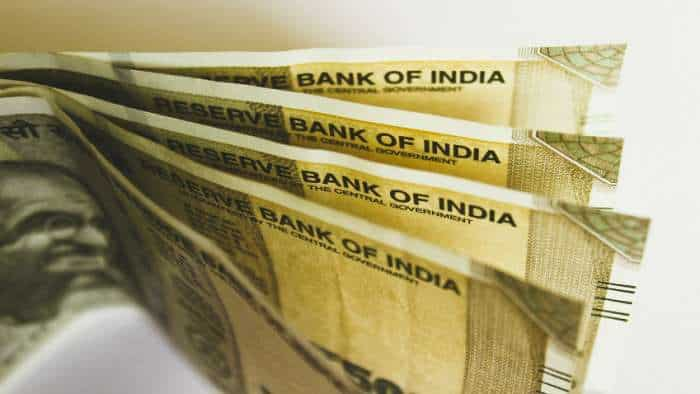
Retirement Calculator: 40 years of age, Rs 50,000 monthly expenses; what should be retirement corpus and monthly investment
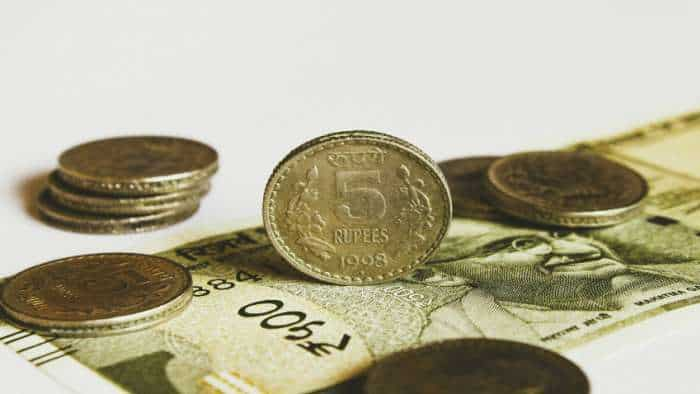
SBI 444-day FD vs Union Bank of India 333-day FD: Know maturity amount on Rs 4 lakh and Rs 8 lakh investments for general and senior citizens

Home loan EMI vs Mutual Fund SIP Calculator: Rs 70 lakh home loan EMI for 20 years or SIP equal to EMI for 10 years; which can be easier route to buy home; know maths
01:22 PM IST










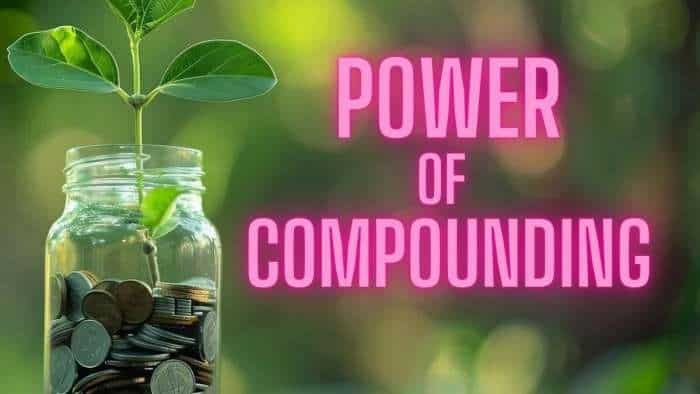
 RBI fixes Rs 300 crore net worth criteria for central counterparty applicants
RBI fixes Rs 300 crore net worth criteria for central counterparty applicants RBI's 7.2% GDP growth estimate 'overly optimistic', India has entered cyclical growth slowdown: Nomura
RBI's 7.2% GDP growth estimate 'overly optimistic', India has entered cyclical growth slowdown: Nomura  Bank Holidays in November: From Diwali to Chhath - bank will be closed for 13 days this month; see full
Bank Holidays in November: From Diwali to Chhath - bank will be closed for 13 days this month; see full  India's exports of software services at USD 205.2 billion in 2023-24: RBI
India's exports of software services at USD 205.2 billion in 2023-24: RBI  Interest rate cut at this stage could be premature, risky: RBI Governor Shaktikanta Das
Interest rate cut at this stage could be premature, risky: RBI Governor Shaktikanta Das